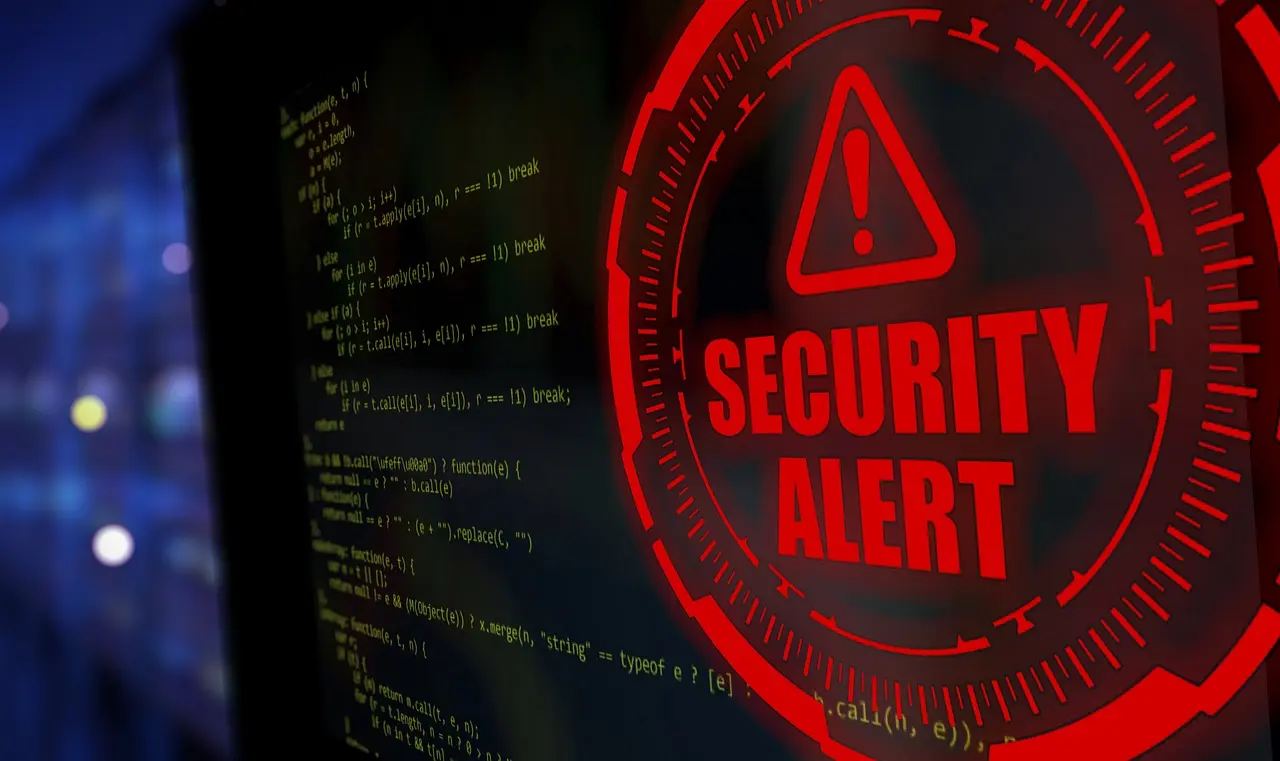
Have you ever wondered what happens when you enter a seemingly random string of numbers and letters into your web browser? The term 127.0.0.1:62893 might look cryptic, but it holds the key to understanding local networking and the fascinating world of web development. Let’s talk more about what this address signifies and why it matters to anyone venturing into the digital realm.
What Is 127.0.0.1:62893?
The address 127.0.0.1:62893 might seem technical, but it’s a critical part of network management. It’s a loopback address that computers use to communicate internally without accessing external networks.
This address allows a computer to test its own network setup, similar to running a ping command to check connectivity.
When you encounter errors like “localhost refused to connect,” it often points to a misconfiguration in your software, hardware, or network settings. Loopback addresses like 127.0.0.1 help identify these issues by allowing IT professionals to troubleshoot local systems without involving external devices.
While testing and troubleshooting, some may temporarily disable security features like firewalls or proxies to isolate the issue, but this should be done cautiously as it can leave systems vulnerable to attacks. After resolving the issue, security settings must be re-enabled and tested again to ensure everything is functioning as expected.
Role of 127.0.0.1:62893 in Software Development
The address 127.0.0.1:62893 plays a crucial role in software development, especially during testing and debugging. By using this loopback address, developers can test network applications on their local systems without relying on external resources or internet connectivity.
This method allows for a more accurate assessment of how an application operates within its environment, free from third-party influences or hardware-related issues.
When developers send data to 127.0.0.1, the packets loop back to the originating machine. This isolation is vital for simulating network connections and ensuring that testing results are reliable. It eliminates concerns about external factors that could skew performance outcomes.
Debugging is another area where this address shines. Engineers meticulously inspect code to identify and fix bugs, often analyzing error messages and memory dumps. This process, while sometimes tedious, is essential for ensuring software quality before deployment.
Many common issues arise when applications attempt to connect to remote servers, which may be due to firewall restrictions or configuration problems. Using 127.0.0.1:62893 helps developers troubleshoot these issues effectively, paving the way for smoother application performance.
Accessing Local Services With 127.0.0.1:62893

Accessing local services through 127.0.0.1:62893 is a straightforward yet powerful process. This IP address, often referred to as localhost, represents a non-routable private address that directs packets back to the same machine.
By entering this address in your web browser, you can access applications or services running locally without needing external servers.
When you type 127.0.0.1:62893 into your browser’s address bar, your request is sent through your computer’s loopback network interface.
It then processes the request using the TCP/IP stack, routing it to the relevant local service that responds directly back to the originating application.
This functionality is invaluable for developers, as it allows for efficient testing of programs and web applications without relying on external resources. It also helps optimize networking code by simulating remote server behavior.
If you face challenges connecting to localhost, check that the port number doesn’t conflict with other services and ensure that your firewall settings permit access.
Additionally, using a secure tunnel service can help you bypass restrictions and access your localhost from anywhere.
The Other Side of Hacking Explained
Hacking often gets a bad reputation, primarily due to its association with criminal activities. Who wouldn’t worry when there is a cyber crime every 37 seconds. However, it’s essential to recognize the positive side of hacking.
Skilled hackers can improve systems, enhance security, and contribute to technological advancements. Hacking involves exploiting vulnerabilities in computer networks or systems to gain unauthorized access or control over data.
When software runs on a local machine connected to 127.0.0.1:62893, it communicates directly with its host computer, known as the localhost. This setup allows developers to test network connections without generating real network traffic.
Internet users can ping the localhost address via the terminal or command prompt to check whether their software is connecting to servers.
However, relying solely on localhost can be risky. It leaves devices vulnerable to attacks from malicious websites or hackers seeking privileged access.
To mitigate these risks, always use secure connections while browsing, and consider modifying your host file to block access to certain websites, such as social media or online games, that may pose security threats.
Take Home Message
127.0.0.1:62893 plays a crucial role in software development and local network testing, providing a safe environment for developers to troubleshoot and optimize their applications.
Understanding its functions can enhance your network management skills while also highlighting the importance of cybersecurity in today’s digital landscape.
Remember, not all hacking is bad; some can lead to significant advancements!
Stay curious, keep learning, and embrace the power of technology.
Frequently Asked Questions
Q: What is 127.0.0.1:62893 used for?
Ans: 127.0.0.1:62893 is a loopback address used for testing and troubleshooting network applications on your local machine. It allows developers to simulate network connections without external resources.
Q: Why would you ping localhost?
Ans: Pinging localhost helps verify that your local machine’s network stack is functioning correctly and that software can communicate with servers on your system, allowing for efficient troubleshooting and testing.





